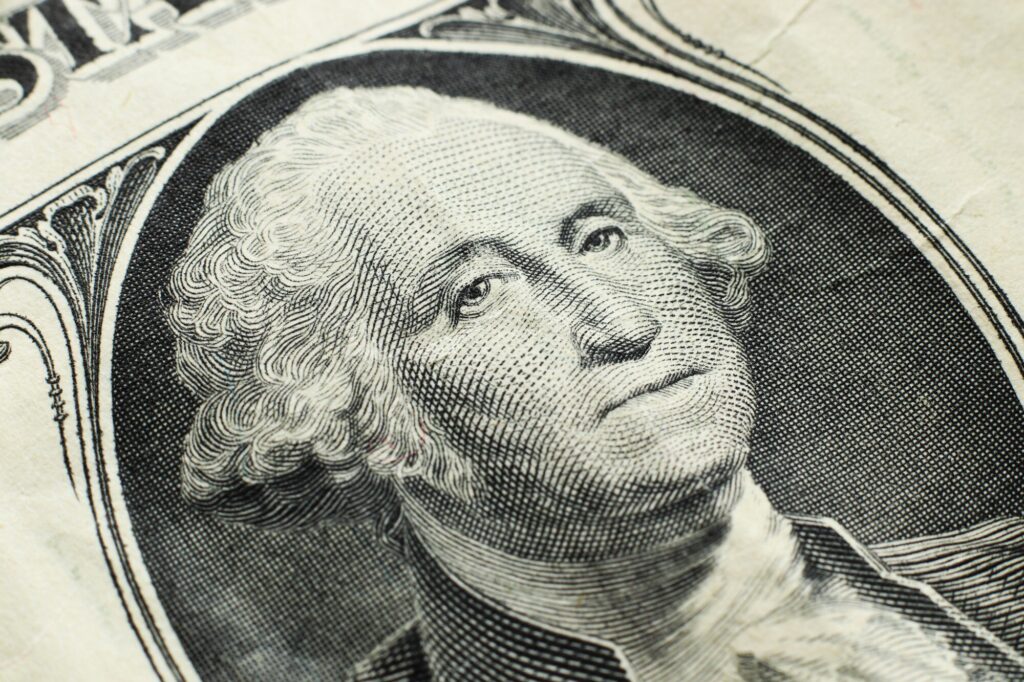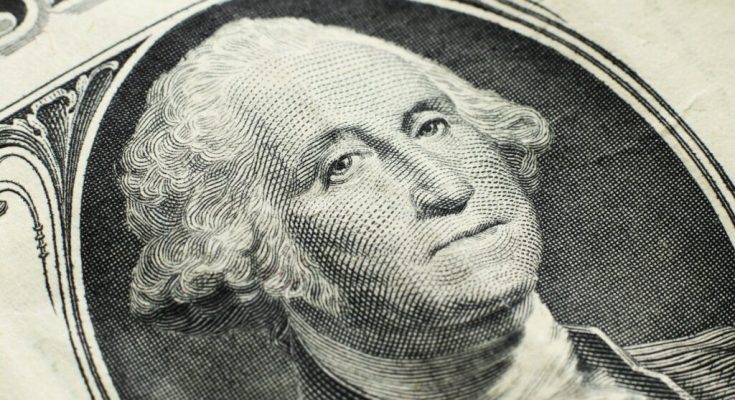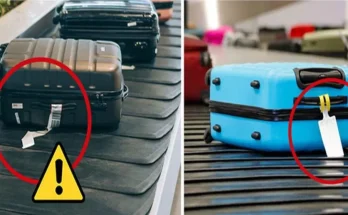Your $2 Bill May Be Worth A Lot More Than You Think
Superstitious people once thought that the $2 bill was cursed and “unlucky.”
However, the deuce won’t curse its bearer; rather, it might bring good fortune and a few thousand bucks.
To find out how much your $2 bill is worth, continue reading!
Many Americans have long derided the $2 note as the unloved stepsibling of the $1 note. Some people even believe that $2 bills are no longer in use, are rare, or are no longer printed.
However, according to the Federal Reserve, there were only 1.6 billion crisp $2 notes in circulation in 2023—a negligible number when compared to 14.5 billion $1 or 11.2 billion $20 notes.
The banknote, which is widely undervalued, has acquired some traction in the last 20 years. In 2004, there were just 0.07 billion in circulation, which is a tiny portion of the $24.2 billion in currency that year.

The Bureau of Engraving and Printing (BEP) explains that “for most of their history, $2 notes have been unpopular, being viewed as unlucky or simply awkward to use in cash exchanges.”
Notes were often “returned to the Treasury with corners torn off, making them mutilated currency and unfit for reissue,” the BEP writes of superstitious people who ripped the corners, hoping to reverse the curse.
Meanwhile, the New York Times wrote in a 1925 article, “He who sits in a game of chance with a two-dollar bill in his pocket is thought to be saddled with a jinx. They have been avoided as ill-starred.”
The banknote is even the star of a documentary, The Two Dollar Bill, a 2015 film that explores “all aspects of the deuce, from its history to the many superstitions surrounding it.”
The $2 bill is still undervalued and has at least two dollars in value, even though they are not very popular.
However, certain $2 notes can be worth thousands of dollars.
History
The portrait of Alexander Hamilton, the U.S. Secretary of the Treasury’s founder, appeared on the front of the first official $2 banknote in 1862.
A likeness of Thomas Jefferson, the third president of the United States, was added to the bill in 1869; this important image has remained the same ever since.
The back was altered to a vignette of the signing of the Declaration of Independence, the well-known document that Thomas Jefferson wrote, while the flipside had an image of Monticello, his Virginia mansion.
Making a fortune
Although Jefferson’s face is linked with the $2 note, the note has seen a number of alterations on the reverse in addition to some on the front, such as the addition of colors and adjustments to the photo’s positioning and size.
Furthermore, some of these bills can have far higher values than they indicate.
Examine the year and seal color to determine the value of your $2 bill. At U.S. Currency Auctions, crisp, uncirculated bills from 1862 to 1896 with red, brown, and blue seals can sell for roughly $5,000. Additionally, circulated notes from the same period can be worth up to $1,100 if your note is somewhat worn and tattered.
Depending on their condition, 1917–1928 paper notes with red or blue seals can range in value from $50 to $1000.
According to the auction site, these prices are offered by collectors based on location and printing technique.
If you’re fortunate enough to locate one of these extremely uncommon notes, your two dollars might be worth up to $6,000 because some of them have “fancy serial numbers.”



